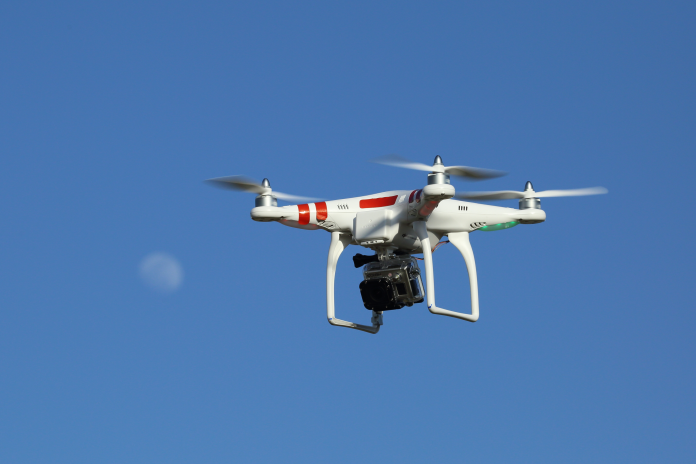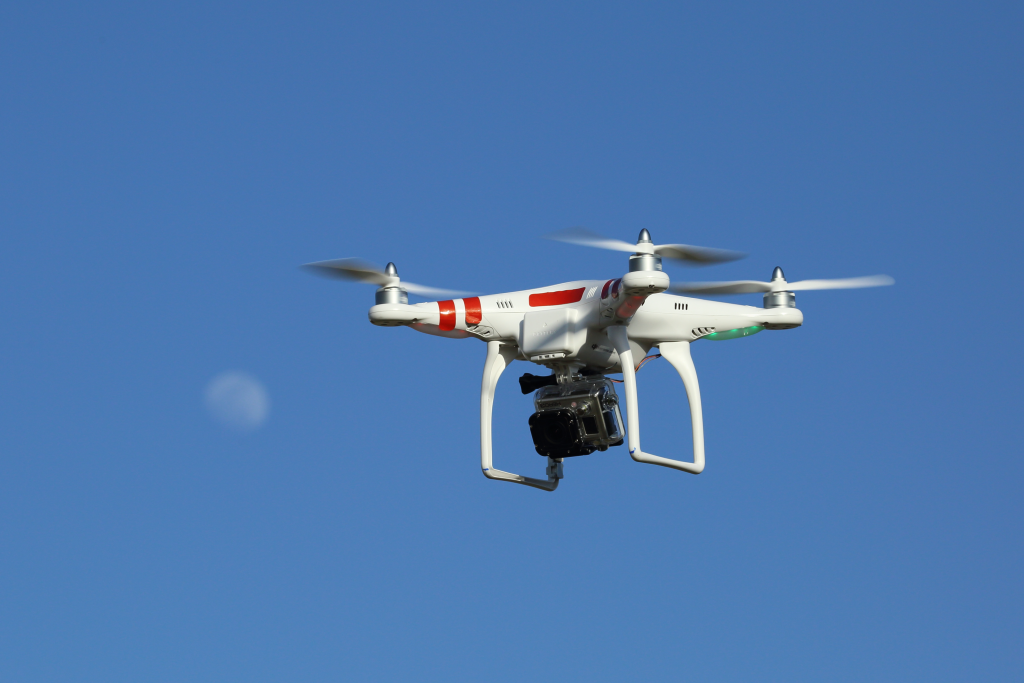
Can a fleet of $30,000 drones actually compel Europe’s most sophisticated militaries to shell out millions in retaliation? That is the rough math now facing NATO capitals, as Denmark and Germany take bold action against an increasingly brazen wave of airborne intrusions that officials believe may be part of a Russian hybrid war.
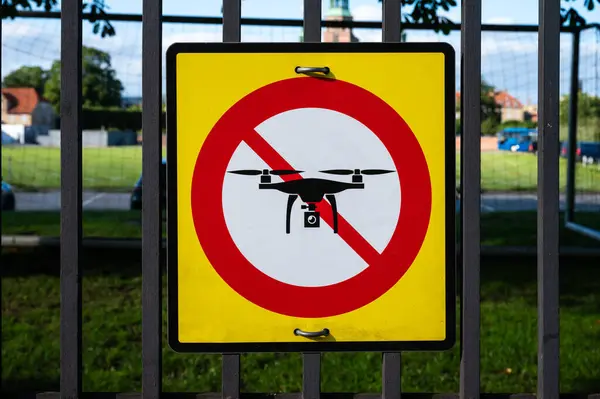
1. Denmark’s Blanket Ban on Civilian Drones
Denmark’s transport minister, Thomas Danielsen, declared a ban on civilian drone flights across the country from Monday to Friday, concurrent with the arrival of EU leaders in the capital Copenhagen for top-level security discussions. The move, he explained, will cut down on the possibility of “enemy drones getting mixed up with legal drones and vice versa.” The offenders will be liable to fines or two-year prison sentences. The prohibition is in response to sightings across Karup Air Base, Denmark’s biggest military base, and several airport shutdowns, including Copenhagen’s main airport. Prime Minister Mette Frederiksen has described the events as part of a “hybrid attack,” naming Russia as “the main nation that threatens European security,” although the Kremlin is denying responsibility.
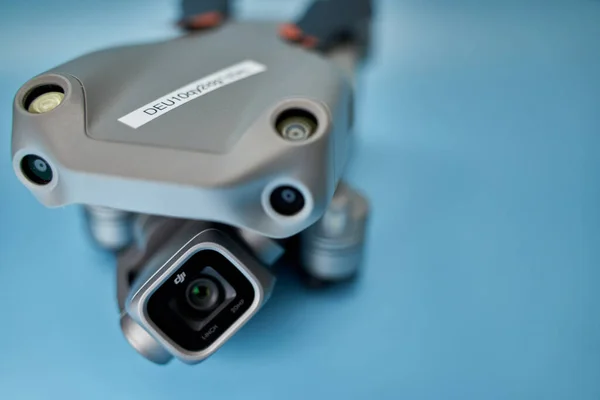
2. Germany’s Legislative Drive for Military Intervention
In Berlin, Germany’s Interior Minister Alexander Dobrindt presented plans to reform the Aviation Security Act to permit the Bundeswehr to take down hostile drones where the capacity of police is not available. “We are facing an arms race between the threat of drones and drone defense. We cannot afford to lose this race,” he stated. The plan calls for a national drone defense center, combining police, federal law enforcement, and military assets, with technology in the form of interception ranging from jamming systems to “drone-on-drone” countermeasures.
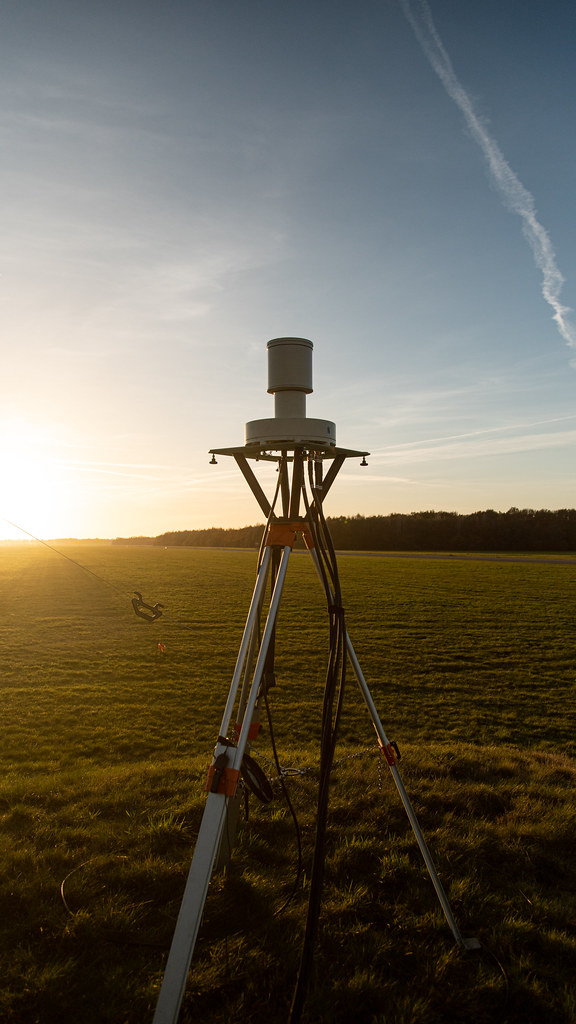
3. NATO’s Growing Anti-Drone Architecture
The intrusions have speeded up NATO’s roll-out of cutting-edge detection and interception capabilities. Germany has given “Counter-small Unmanned Aircraft Systems” to Denmark, which can detect drones using radar, optical, and acoustic sensors. Sweden has contributed an undisclosed anti-drone capability, with the Eastern Sentry mission now augmenting Baltic Sentry operations to strengthen fast response to airspace incursions.
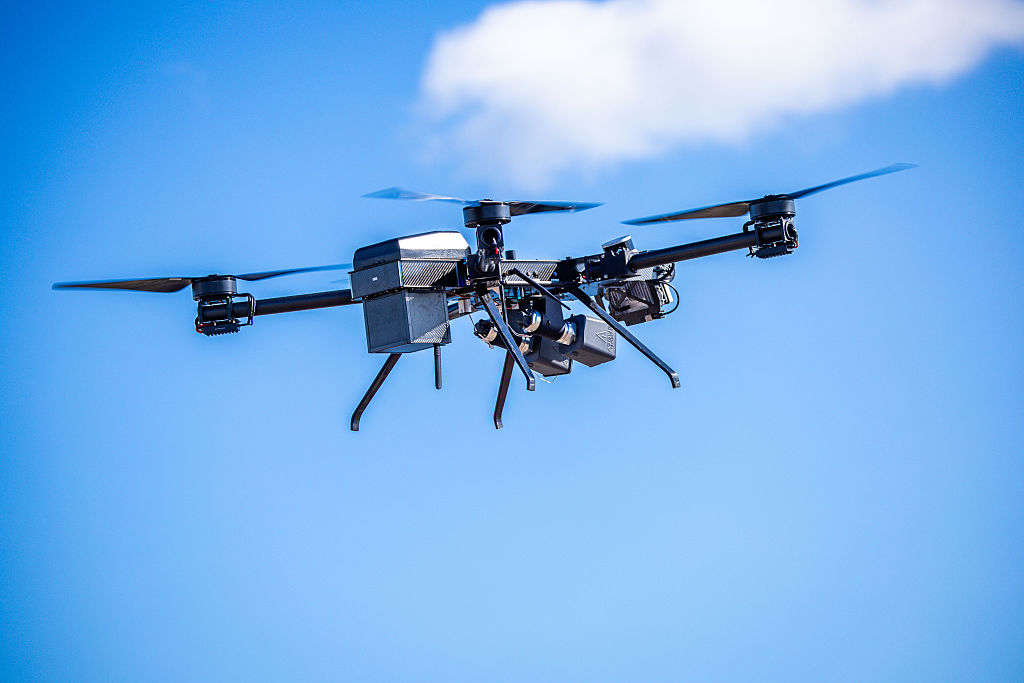
4. Britain’s “Drone Wall” Strategy
The UK is deploying low-cost, British-made interceptor drones under Project Octopus, developed jointly with Ukraine, to create a “drone wall” along NATO’s eastern flank. These systems have already proven effective against Iranian-made Shahed drones and cost less than a tenth of comparable platforms. Defence Secretary John Healey stated, “We’re ready with allies through NATO to demonstrate to Putin that his aggression and his incursions, reckless or intentional, will be challenged.”
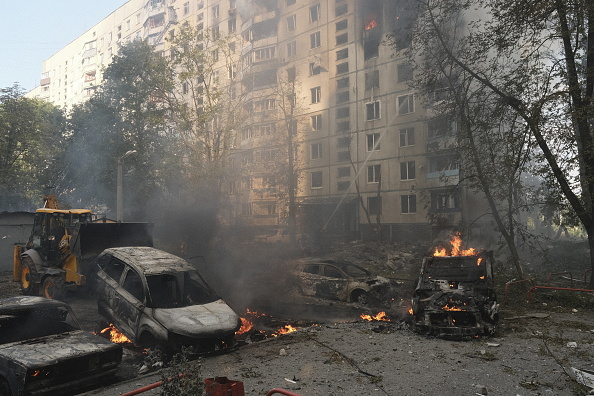
5. Russian Hybrid Warfare Tactics
The incursions are framed by analysts as part of Moscow’s “gray-zone” policy actions aimed at harassing, probing defenses, and taking advantage of vulnerabilities without engaging Article 5 of the collective defense pact of NATO. James Rogers of the Brooks Tech Policy Institute referred to them as “cheap, small, deniable, and hard to stop; the perfect gray-zone weapon.” Keir Giles of Chatham House said, “There’s no excuse for being surprised by them,” referencing Ukraine’s nighttime reality of mass drone attacks.
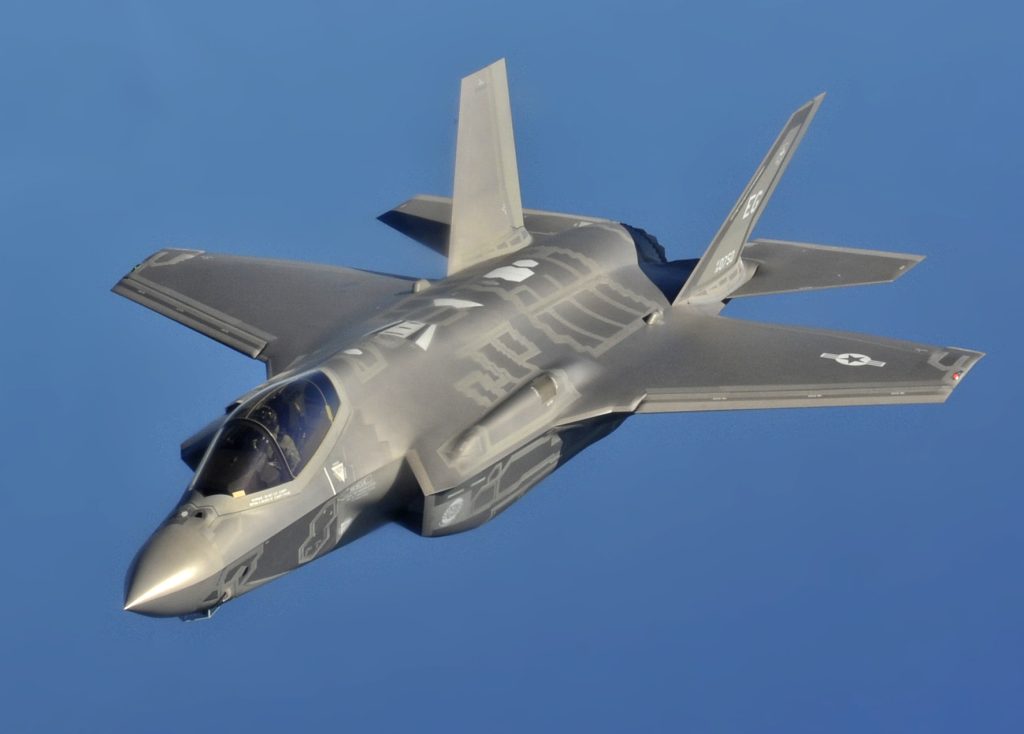
6. Asymmetry Technical and Economic
The asymmetry in costs is glaring. Dutch F-35 jets, costing €40,000 an hour to fly, have employed missiles up to €1.7 million to shoot down drones under €50,000. This puts pressure on NATO to sustain expensive, perpetual readiness across huge airspace while Russia gets to decide when and where to enter. Such asymmetry can divert resources away from longer-range strike abilities that could prevent escalation.
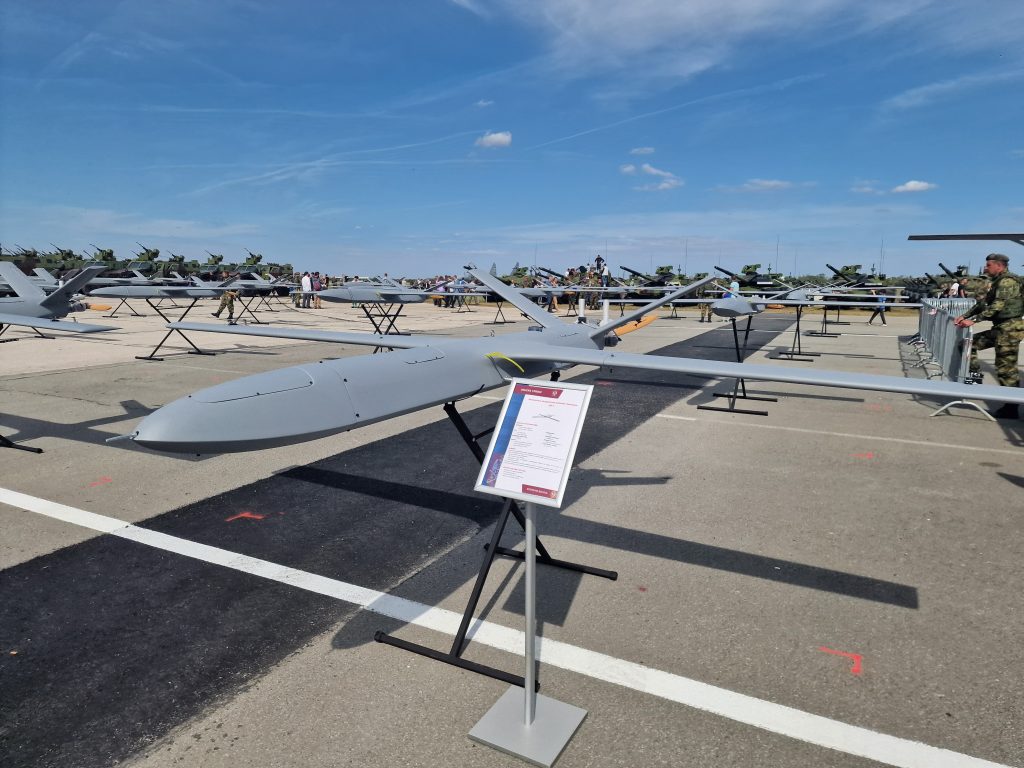
7. Russian Drone Capabilities and Enhancements
The most widely used kamikaze drone of Russia, from the Iranian Shahed design, has been enhanced for increased speed, payload, and navigation accuracy. Indigenous production has accelerated, and mass attacks of up to 800 drones on a single night are now available against Ukrainian targets. They are being integrated more and more into Russia’s hybrid warfare kit, in addition to cyberattacks and sabotage.

8. European Coordination Without U.S. Leadership
The current response, which included coordinated European action without U.S. leadership, is regarded by some as a test of NATO’s ability to act independently. Georgetown University’s Daniel Byman labeled it as “an important step, both demonstrating improved NATO capabilities (without the US) and European resolve.” However, experts warn defenses are still “fragmented, underfunded, and uneven” within the alliance.
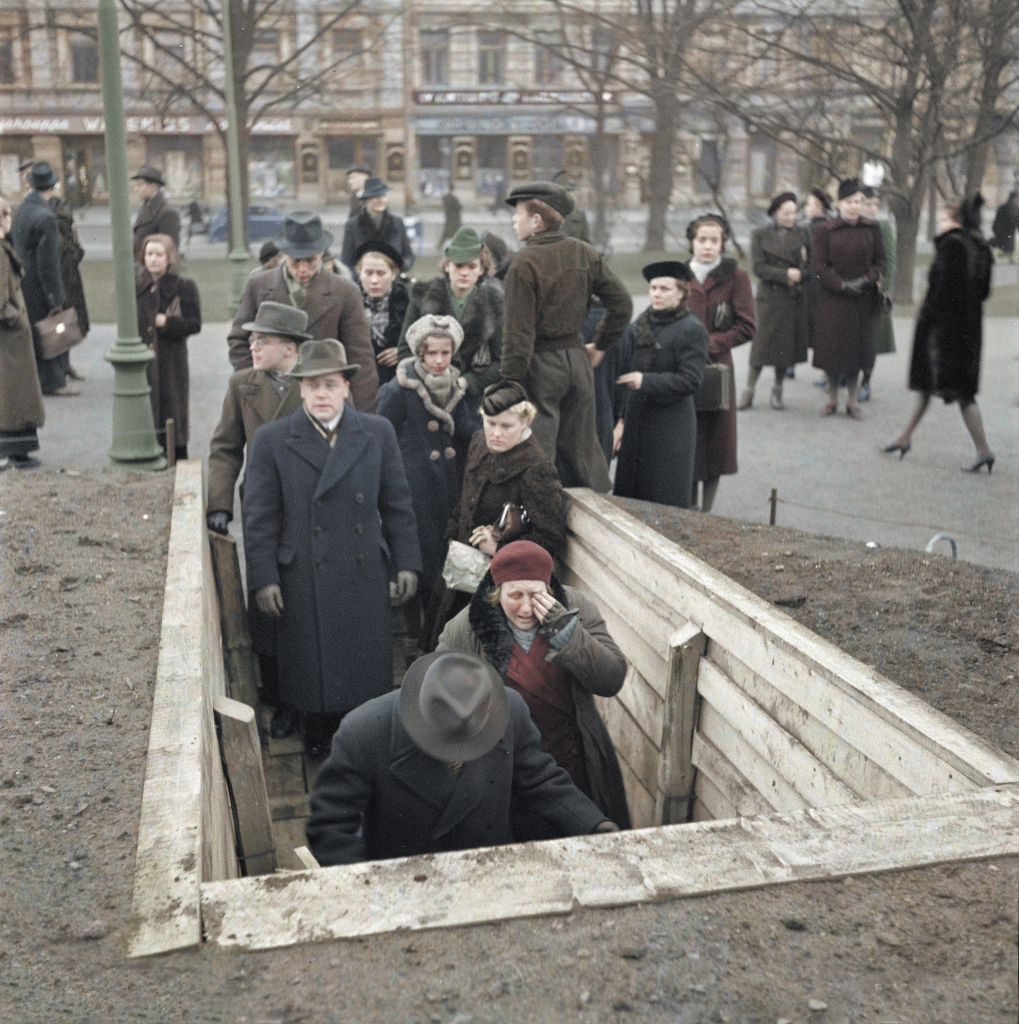
9. Civilian Protection Measures
In addition to military preparedness, governments are called upon to evaluate and strengthen civilian bomb shelters and infrastructure robustness against drone and cyber attacks. Ukraine’s multi-layered defense strategy a synthesis of missile systems, mobile gun crews, fighter jets, and interceptor drones provides a model for European emulation.
The intrusions have highlighted a new reality: protecting Europe’s skies no longer means merely intercepting enemy drones but doing so in an economically viable, technologically flexible, and politically cohesive manner along NATO’s eastern edge.
